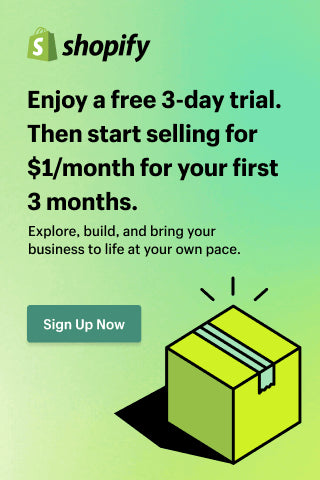How Digital Marketers Can Do More With Less
In the last several months, tech marketers have faced the immense challenge of having to achieve more, but with fewer resources. As companies contend with dropping valuations and brace for a recessionary environment with layoffs and budget cuts, CMOs are being forced to squeeze more growth opportunities out of significantly smaller budgets.
But the fact is that making every penny count with channel optimizations and productivity boosts can only go so far, so marketers have to find ways to make their investments work harder, and micro-optimizations simply won't cut it.
There is, however, an opportunity for leaders to make a bigger impact on the bottom line with a more holistic approach to serving customers; many are going back to the basics to solidify their foundation, such as improving core customer experiences via online storefronts.
A recent study from the SaaS (software as a service)-based website operations platform Pantheon (as reported in Business Wire) shows that 86% of marketing and IT leaders are looking to increase their websites' agility because they recognize that boosting the efficacy of this mission-critical asset is one of the best ways to leverage existing customers cost effectively. Delivering elevated and value-oriented digital experiences is a surefire way of keeping visitors satisfied and engaged, and increasing customer retention rates by just 5% can result in a 25% boost to the bottom line, according to a Bain & Company report.
Digital force multipliers like websites can simultaneously improve customer service, boost conversion rates and increase the efficiency and success of associated marketing teams. So, although the inclination may be to save costs by pausing digital investments, I'd argue that it's more important than ever to ensure you've got those basics covered.
A Frictionless Digital Experience
Today's customers are more discerning than ever. They're looking for value, of course (their budgets have likely been cut, too), but are also seeking fast and easy paths to getting what they need, and there are few things bottom-line worse than a web experience that leaves customers wringing their hands in frustration and despair.
People remember these bad experiences, and 61% will head to a competitor after a single bad encounter, according to zendesk's CX Trends 2022 report. And while customers may forgive mistakes here and there, particularly if brand loyalty is strong, the hard truth is that digital expectations have skyrocketed since the pandemic, and cheap attempts to win people over will never compensate for the lack of a core customer-oriented experience.
The pathway to achieving this is not necessarily about ramping up spend or optimizing channels; a more substantive approach is ensuring that your online storefront (arguably the most significant marketing asset you own) is getting the fundamentals right — it's a long-term bet that will pay off.
Focus on Delivering Value
When the SaaS model of software delivery launched in the late '90s, no one really understood it. Wall Street was focused exclusively on enterprise software, and customers were used to paying for products and services upfront in exchange for value that could only be recovered over many years of use.
SaaS completely disrupted this model by tying the destinies of the vendor and customer together with ongoing fees collected in exchange for ongoing value. Today, customers come with a built-in expectation of this kind of ongoing value delivery.
In the health sector, this expectation has resulted in the rapid deployment of digital experiences where customers get something immediately for a fee. Mercury Health, for example, found ways to deliver greater value by leveraging its investment in more efficient website development to get patients access to treatment providers at a time when many competitors were falling behind. Using a SaaS model to optimize its web tools and processes (as well as scale its human power), it reduced weeks or months of website development time down to single-day turnaround across a portfolio of over 200 websites. The payoff was a 70% increase in speed to market.
Delivering value doesn't have to be complicated or expensive. If you get the basics right, you're already well ahead in the game. Get them wrong, and customers will go elsewhere.
A Human Approach
Remember Google+, the platform that launched in 2011 and shuttered in 2018? Despite nearly limitless resources, the parent company failed spectacularly in its efforts to capture social media audience share, even with many of the best product designers and engineers on staff, not to mention huge brand clout globally.
The trouble is that ideas that make sense on paper are often incredibly difficult to pull off, and Google+ was no exception, not because Google is bad at making software products (it's world-class), but because it wasn't able to understand its customers well enough to design this particular product with substantial unique value. All the money and talent in the world couldn't make up for the gap in empathy and nuanced understanding that prevented customer acquisition and retention.
It's easy to fall into the trap of solving problems with optimizations and strategy, but you simply can't substitute a solid understanding of customers' needs with shiny objects. Figuring out what web visitors want to accomplish on your site, and making it easy for them to do so, is the kind of leverage needed to compete in today's online marketplace. One of the most remarkable statistics in a 2021 market research survey by OpenText and 3Gem (as reported by strategy) was that 67% of U.S. consumers are more likely to buy from brands that treat them like an individual.
I'm not advising the relaunch of your entire website, but instead a more iterative and less cost-prohibitive approach. That said, you can't just paper over the parts that are leaky; go back to the basics of your customer experience and take a long, hard look at its foundation. That's where to unlock the marketing leverage you're looking for
